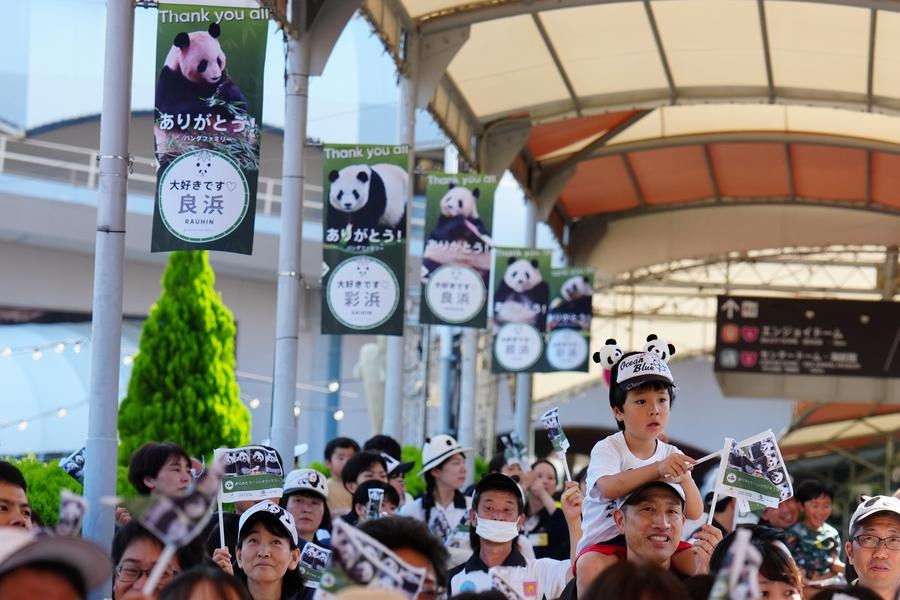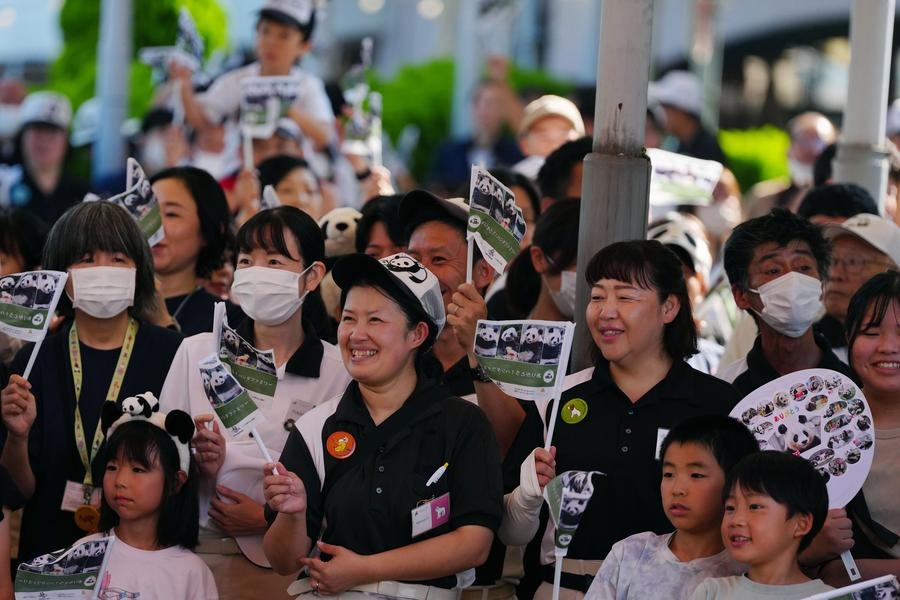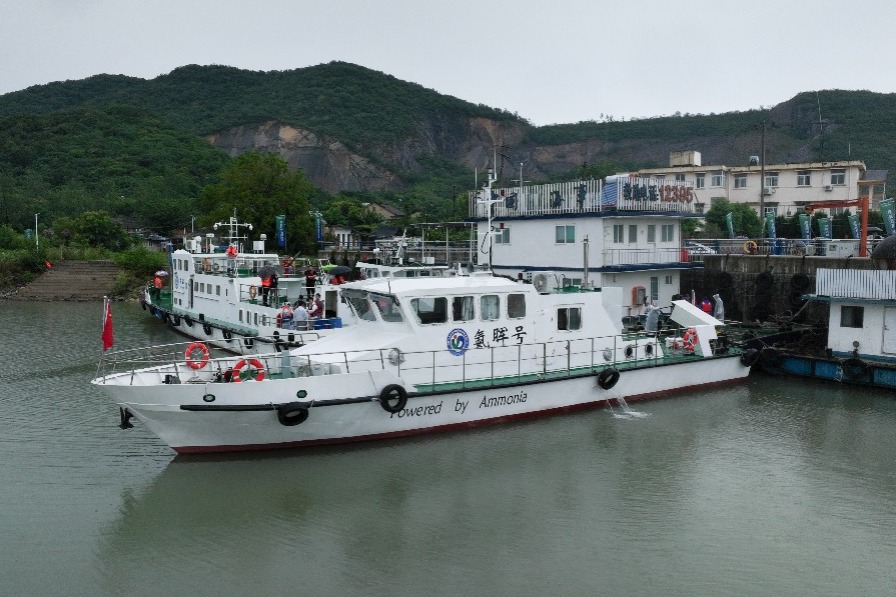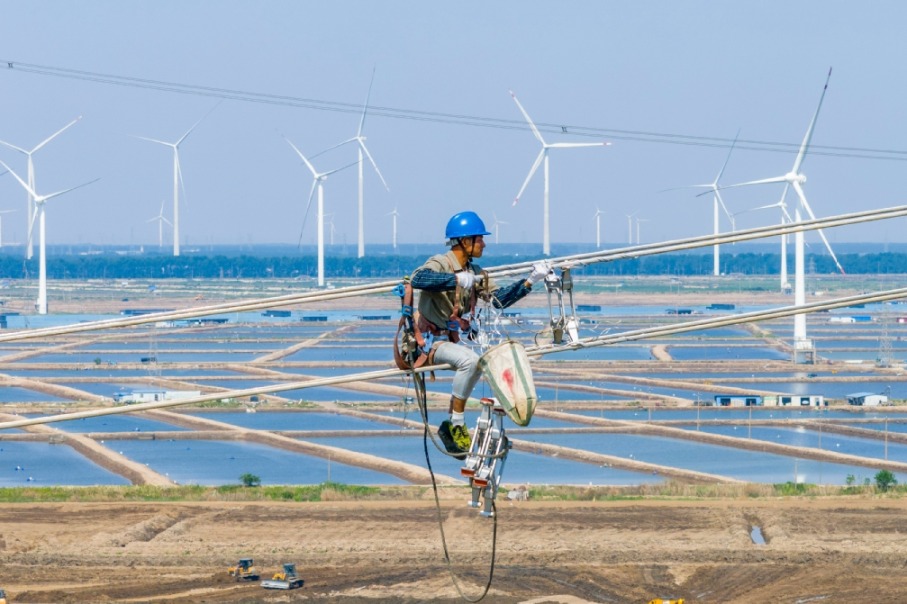Trade figures raise sticky questions ...

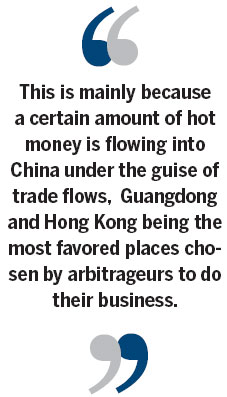
Statistics have become a measuring tool of choice for economists, but can we really trust them?
Trade figures are a central element when you analyze the Chinese economy, which is understandable given that trade accounts for one-third of the country's GDP.
Moreover, these figures now bear worldwide significance given China's status as the largest exporter and biggest trader. The world uses Chinese imports and exports as a gauge not only of global demand but of economic health generally.
Whenever monthly figures come out, economists and analysts everywhere pore over them trying to discern how the country's trade is faring and what that means for the world.
But in the past few months, analysis and debate has gone beyond that, to whether the figures presented accurately reflect reality.
That debate turned hot with the release of figures for April recently.
China's exports over the month rose 14.7 percent from a year earlier, compared with growth of 10 percent in March, and imports rose 16.8 percent, compared with growth of the 14.1 percent in March, yielding a trade surplus of $18.2 billion (14.0 billion euros), the General Administration of Customs said on May 8.
The performance in April was apparently much better than expected, fueling speculation that the figures are distorted, given that demand in China's traditional major export destinations, the United States and the European Union, remains weak. Some went so far as to suggest the figures had been embellished, something I think is unlikely.
During the years when exports played a significant role in the growth of GDP and when a planned economy prevailed, China set a target of foreign trade growth and specified goals for each provincial-level government to achieve. At that time local governments were prepared to be creative with their figures to win approval from the central government.
But with top policymakers determined to cut the economic reliance on trade, that practice has almost disappeared in recent years.
Last year, China even missed its target of foreign trade growth of 10 percent, turning in a figure of 6.2 percent, so there is no sign of polishing the figures there.
So what brought the much-better-than-expected growth over the past two months? There are at least two things.
First, the fundamentals of China's trade are improving, mostly thanks to demand from emerging markets.
Take last month's figures as an example. Exports to the Association of Southeast Asian Nations, China's third-largest trade partner last year, increased 37.2 percent year-on-year for the month, after growing 11.6 percent in March.
If those figures are not convincing enough, just look at the just-concluded Canton Fair, also known as the China Import and Export Fair.
The 113th session of the fair, which concluded on May 5 in Guangzhou and was seen as China's barometer of foreign trade, attracted 202,766 overseas merchants, up 7 percent from the autumn session. Transactions reached $35.5 billion, up 8.8 percent from the last session. Those figures reversed declines registered in the previous two sessions.
Experience shows that the Canton Fair closely matches the country's trade performance, and the fair's performance bears all the hallmarks of recovery.
That does not mean the recent trade figures do not give some cause for concern, and it would be premature to start celebrating now. Indeed, to a certain extent the figures are indeed distorted, failing to accurately reflect what is going on.
One sign of that is the mismatch of the purchasing manager's index, a gauge of manufacturing activity, and trade growth.
The weak PMI contrasts with strong trade growth, indicating that the trade figures are not fully supported by a recovery in manufacturing.
Another sign of distortion is the mismatch in rates of growth of trade and port throughput. Growth in throughput is about 10 percentage points lower than the growth in trade so far this year. That is double the average in the past few years.
The mismatches were especially sharp in Guangdong province, where the discrepancy between the two growth rates was more than 30 percentage points in the first four months of the year.
This is mainly because a certain amount of hot money is flowing into China under the guise of trade flows, Guangdong and Hong Kong being the most favored places chosen by arbitrageurs to do their business.
Against that background, trade figures between the Chinese mainland and Hong Kong are unusually high. In the first four months of the year the figure grew 66 percent to $150.6 billion, so high that it casts strong doubts on whether the growth is buttressed by real trade.
Trade figures from Hong Kong and the mainland show that mainland goods that returned to the mainland through re-export from Hong Kong accounted for about 45 percent of Hong Kong's total re-exports in the first four months. The percentage is a record high. In comparison, the figure stood at about 30 percent in 2006.
Given Hong Kong's status as a place of international capital flow into the Chinese mainland, it is understandable that hot money is flowing in and out of the mainland through Hong Kong disguised as trade, against the backdrop of the faster appreciation of the yuan, quantitative easing of major global economies, interest rate differences between onshore and offshore yuan and the expectations of faster economic growth in China.
To make matters worse, the hot money is manipulated not only in trade across the border but in bonded areas of the mainland.
Fake trade has risen in bonded areas, as can be seen in growth figures in these areas. Trade more than doubled in some major bonded areas in the first four months, showing that many traders are quickly circulating their goods in and out of the areas to get export tax rebates or reap interest arbitrage.
It is unknown how much money is flowing across the Chinese border disguised as trade, but one thing is sure: the amount is huge. That is why the State Administration of Foreign Exchange has said an eye is being kept on foreign exchange flows that do not match trade flows. The government has obviously noticed that money flows are disturbing normal trade.
The author is a financial analyst in Shanghai. The views do not necessarily reflect those of China Daily. He can be reached at luojiexin2008@gmail.com
(China Daily 05/17/2013 page10)
Today's Top News
- Expert debunks Lai's 'four elements' argument for Taiwan's so-called statehood
- China opposes any tariff deal made at its expense: commerce ministry
- Nepal's hydropower a climate change solution
- UN Charter still guiding compass of humankind
- Leaders pledge to strengthen Sino-Senegalese relations
- China, Ecuador to support each other's core interests
















